by William E. Welsh
By the start of the War of the Roses, the nature of armed conflict had changed noticeably since the Hundred Years’ War, which ended with the expulsion of England from France in 1453. The lesson learned from that conflict was that mounted knights were no match for disciplined, mobile longbowmen. As a result, knights in subsequent conflicts in the 15th century fought dismounted. These men-at-arms, as they were called, wore heavy armor that had curved or fluted elements designed to deflect blows from swords and other weapons in close combat and to stop arrows shot from afar.
[text_ad]
Battles often began with an archery contest between both sides and progressed to a general melee between well-trained, heavily armed men-at-arms augmented by more lightly armored footmen. Because the armor was heavy and uncomfortable, such clashes typically lasted a few hours at most.
Swords, Longbows, Hammers, Spikes, Axes, Handguns, and Artillery
Men-at-arms fought with a variety of weapons that were designed to offset the advantages of fluted armor. Although swords were still used, men-at-arms also began to fight with heavy weapons, including hammers or spikes designed specifically for battering and puncturing plate armor. Horsemen may have used a lance to charge, but once in a melee they resorted to weapons that could be held in one hand, such as the battleax, mace, or war hammer.
Retainers employed by the peerage in turn recruited levies from towns and villages to supplement the armies. These soldiers wore kettle hats or skull caps to protect their heads and brigandines, a type of vest lined with small plates, or padded jacks, to protect their upper bodies. They might also wear chain-mail sleeves or bucklers to ward off blows in hand-to-hand combat. The lightly clad infantry were often referred to as billmen. This reflected the widespread use of the agricultural tool known as the billhook, which could drag horsemen to the ground or be used during combat with other infantry. The billhook consisted of a blade with a hook or spike mounted on pole anywhere from six to ten feet long. A weapon of similar purpose was the halberd, which featured a large curved blade on one side with a spike opposite it. A Welshman wielding a halberd struck down Richard III at Bosworth Field.
Also present on the battlefields of the Wars of the Roses were longbows, handguns, and artillery, but these weapons played a tangential role to the infantry and cavalry fighting. Archers used a longbow that could send an arrow up to 1,000 feet and was capable of puncturing even plate armor. Early handguns that required lighting the powder with a slow match were used in small numbers, but were less numerous and effective than the bows. The better-equipped armies also brought with them field guns that used serpentine powder to fire stone or iron balls.
Originally Published December 26, 2015
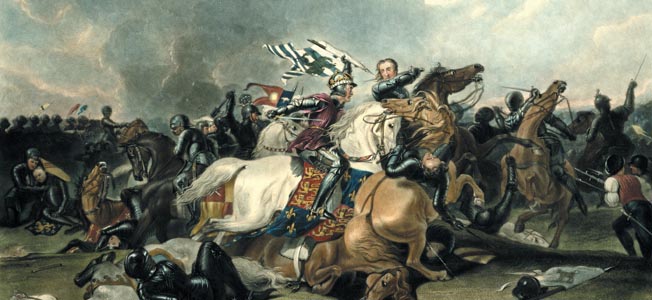
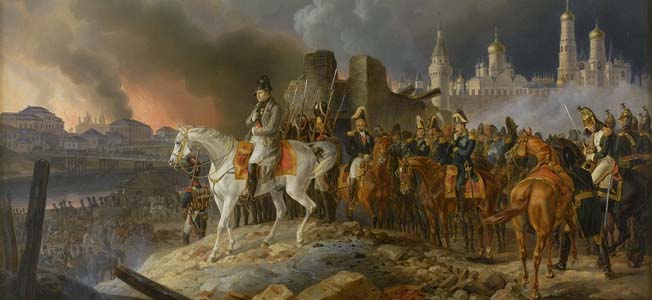
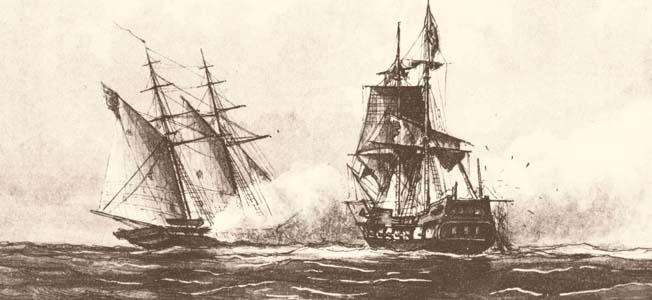
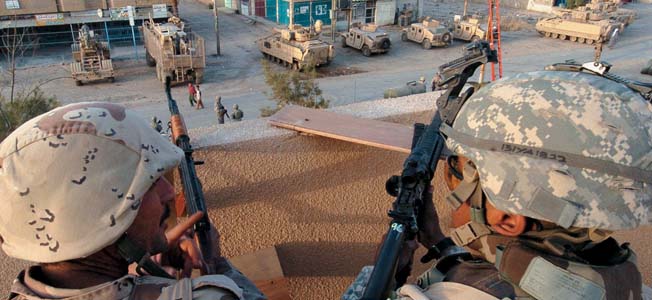

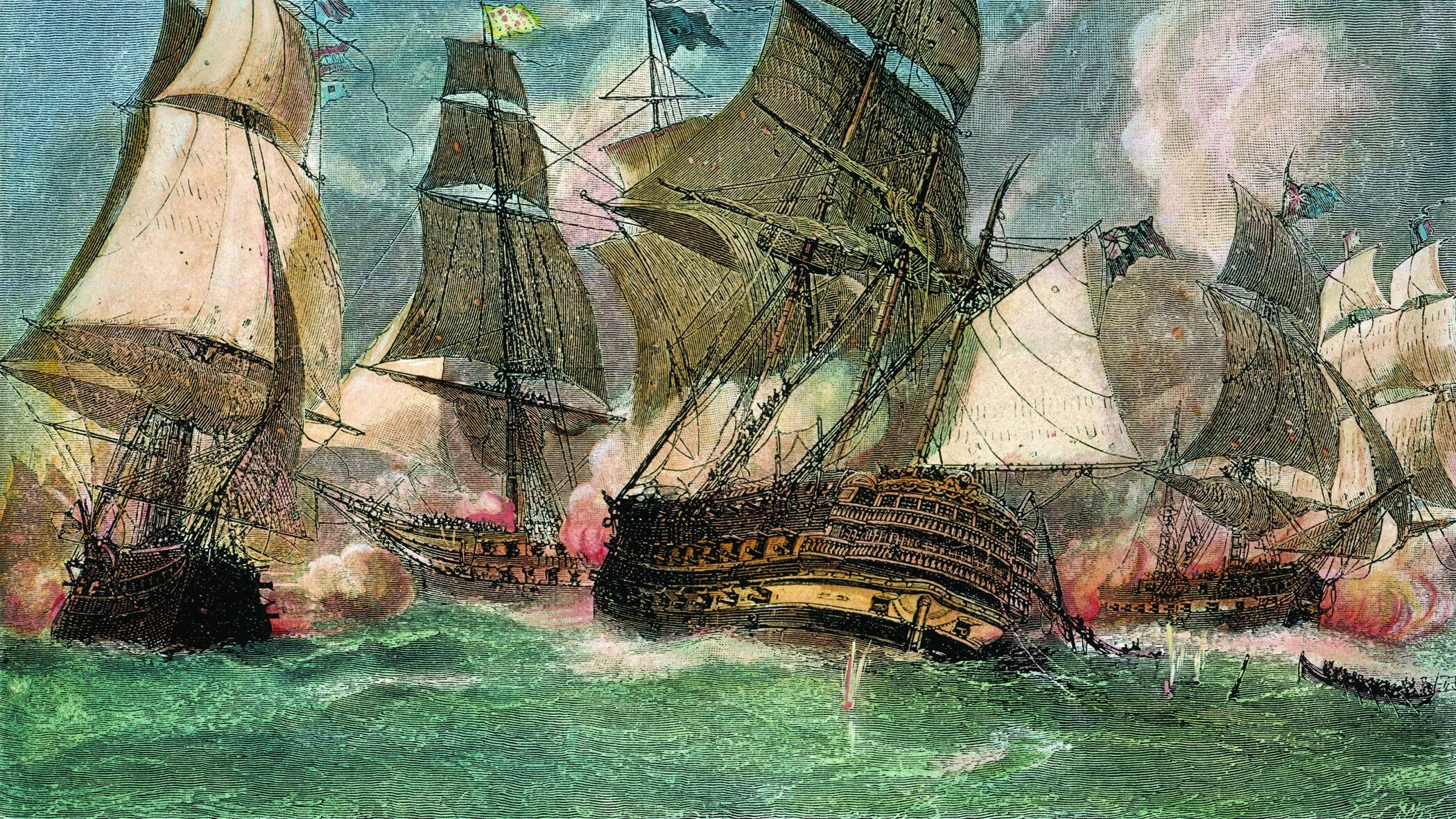
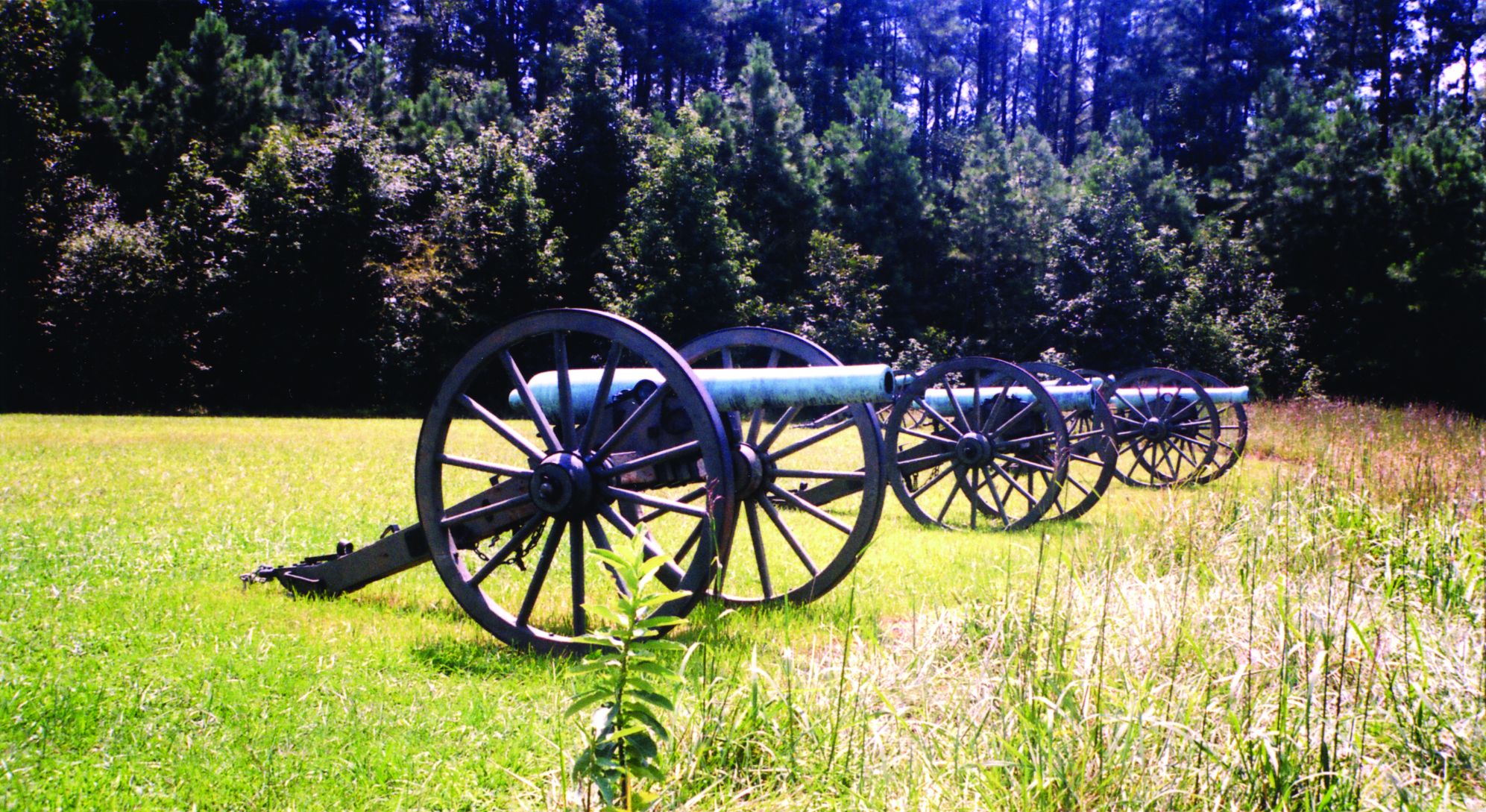

Join The Conversation
Comments
View All Comments